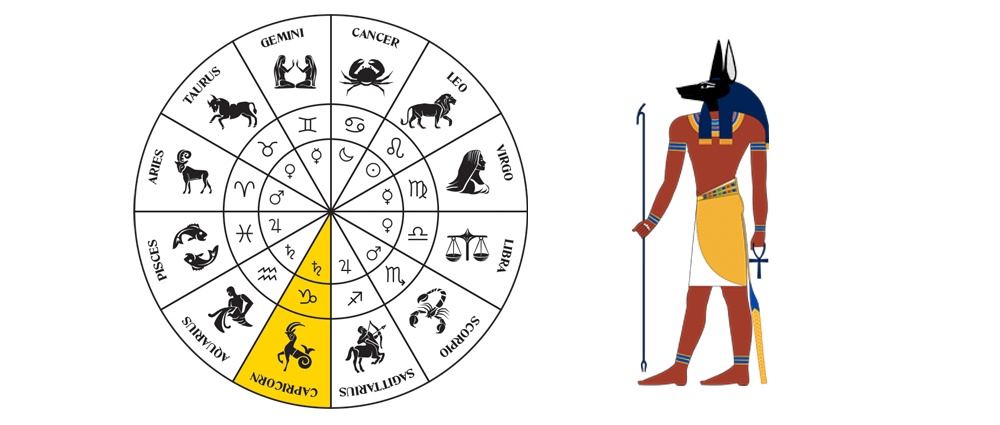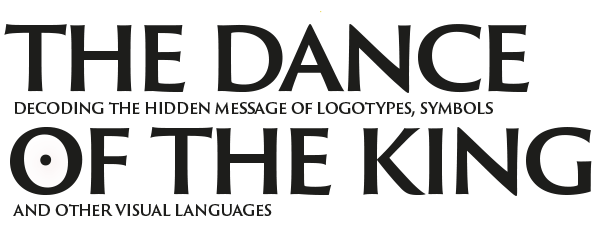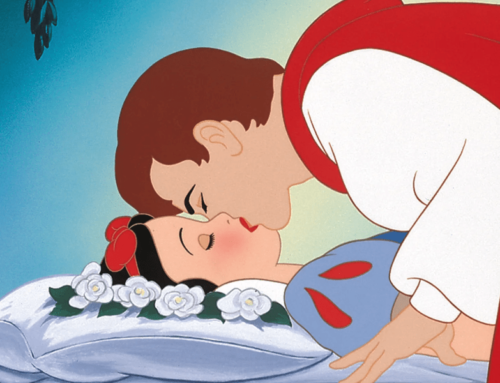Who is that underdog after all?
“This goes out to the underdog
Keep on keeping at what you love
You’ll find that someday soon enough
You will rise up, rise up,…”
Alicia Keys sings this in her hit Underdog.
Where does the concept of the underdog actually come from? On the internet, you can find all sorts of stories about nineteenth-century dog fights, where the losing dog was called the ‘underdog.’ Nowadays, it is used metaphorically: ‘an underdog is a person or group of people who are presumed to have no chance of winning or making a significant contribution. Therefore, this person or group of people is not initially taken seriously or ignored.’ (Wikipedia). The underdog is thus the party in the lower position…
However, the underdog dates back to the time of the Ancient Egyptians. Before Osiris became important in Egypt, Anubis was the main god of burials. Anubis was depicted as a man with a jackal’s head. ‘The jackal head was chosen because of the jackals in the desert that were digging in the ancient royal tombs’ (Wikipedia). They might as well have chosen a woodworm or dust mite. Why specifically a jackal? Is there a connection between Anubis, the Greek Cerberus – the three-headed dog guarding their underworld, and the widespread existence of the mythical cynocephaly (‘doghead’) in various cultures?

Jack is another name for the Sun. Jackal can be interpreted as Jack joining Al/El (Saturn). On December 21, the Sun reaches the Capricorn constellation, of which Saturn is the ruler. This may sound a bit abstract now, but in my book “The Dance of the King”, I explain in detail how the relationships between zodiac signs and planets work. Anubis is none other than an Egyptian personification of the Sun during its stay in the dark underworld, the night or winter period. From December 21 onwards, the Sun rises a little higher in the sky every day, and that’s why this young Sun is called the underdog. Ultimately, it overcomes around noon or the summer solstice when it is at its highest. The achievement of an underdog!
Desides, during the dark winter period (Underworld, Hell), Canis Minor and Canis Major are clearly visible in the night sky. These constellations are the “hellhounds” that occur in mythologies around the world.











